We left Menifee on the 23rd, stayed in Acton, CA that night and then drove on to Santa Barbara, CA where we will stay 10 nights. We found our campsite, set up our RV and relaxed before dinner.
Today promised to be the best of the next four. 2 storms are barreling down on the southwest each one bringing about 2” - 3” of rain. Badly needed as it is, I hope that this much rain in so short a time won’t cause problems. However, because today promised to be partly sunny, we decided to do some touring in Santa Barbara and take in the Santa Barbara Mission and the Presidio, a Spanish fort built to protect Spanish interests in this area.
When we arrived, lots of artists were all set up already at work. It was a bit cold and one of the artists confided to us that she had long underwear on. Good move.
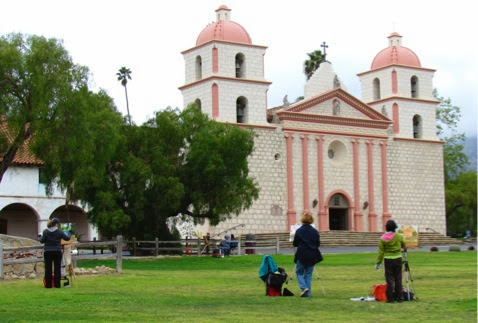
The story of the founding of this mission resembles that of the others along the chain in California from the Mexican border up to San Francisco. This was the 10th of the missions founded by the Franciscans under the leadership of Padre Junipero Serra. Unfortunately he died before this one was founded and it was founded by others. In December of 1786 he raised the cross to begin work on Santa Barbara Mission.
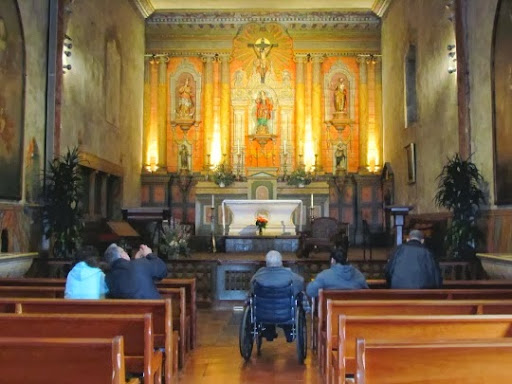
The Franciscans founded the mission because they wanted to convert the natives in the area, the Spanish king supported this because he wanted the missions to solidify Spanish control of this area. The Chumash, who had inhabited this area for nearly 13,500 years before the Spanish came were doing just fine. They were self-sufficient living off hunting and farming, they traded with many others in the area, crafted beads and baskets which they waterproofed using the natural tars which washed ashore from the undersea oil pools and constructed boats which they used to ply the waters between Santa Barbara and the Channel Islands about 23 miles into the Pacific. However, they joined in the mission for economic reasons. Here they learned to plant annual crops, dig canals for a more consistent water supply, to work with iron, to make sturdier adobe dwellings etc. Unfortunately, they also contracted small pox and syphillis from Spanish traders and soldiers which decimated the tribes.
One of the most interesting stories that we heard at the mission was that of Juana Maria who was buried here following her rescue from San Nicolas Island where she was abandoned and survived alone for 18 years. The natives on San Nicolas were being relocated by the Spanish to the mainland when Juana Maria ran back to the village to retrieve something. A huge storm came up and the rest left planning to return for her later. But later never came. 18 years later, a ship captain found her and brought her back to the mainland with him. He opened his home to her but she died soon afterwards. Then, as an added insult, her belongings, which had been donated to the San Francisco Museum, were destroyed in the earthquake of 1906. Her story was popularized in a book called Island of the Blue Dolphins by Scott O’Dell.
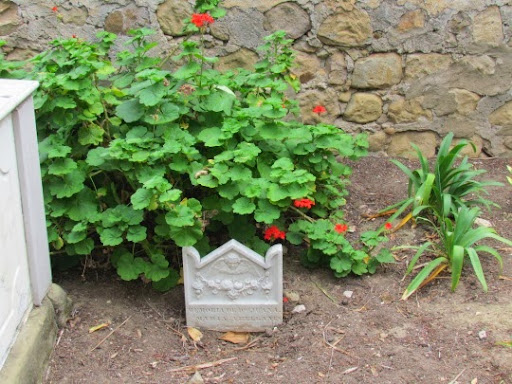
The original Mission church was destroyed by an earthquake in 1812, rebuilt and completed in 1870 but severely damaged in the 1925 earthquake which also damaged a good part of the town of Santa Barbara. Below is a picture of the damaged Mission and another is a local hotel, the Californian, which had been open for just 1 week when the earthquake stuck.
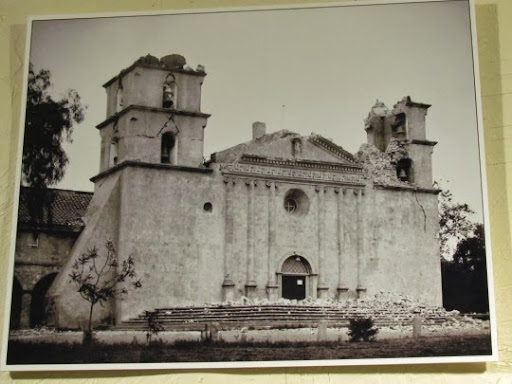
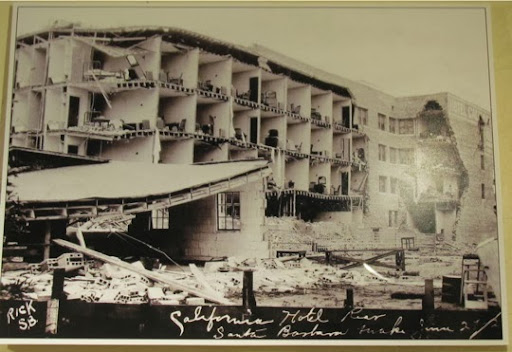
Outside the Mission we found quite a few drawings, part of an annual festival in Santa Barbara. Various companies and organizations buy space, donating the money to the Mission, and then create art inside their space. We were intrigued that space bought had been bought by the Atheist Service Organization.
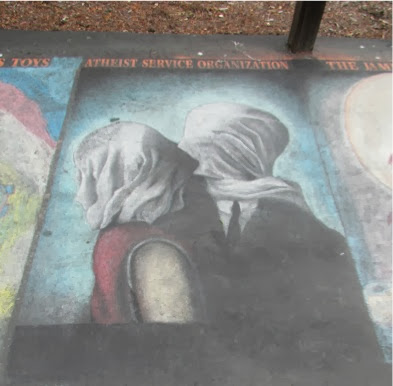
In front of the Mission was the lavendaria, where the Chumash, who valued cleanliness, washed their clothes. The soaped them on the slanted rocks and rinsed them in the trough.
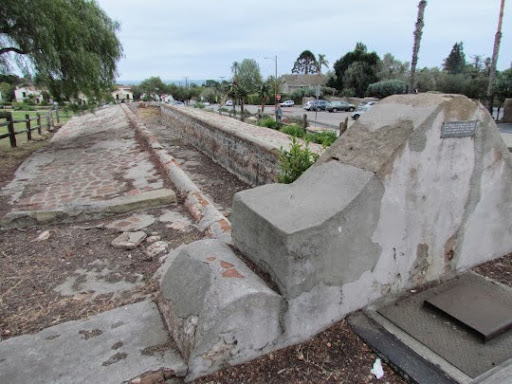
Across the street from the Mission is the remains of the aqueduct built in 1806 which served the Mission.
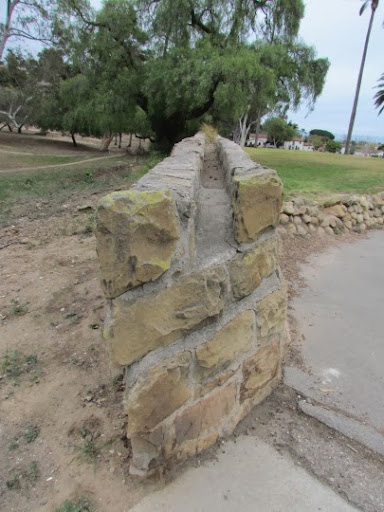
Several blocks away from the Mission is the Presidio, one of 4 presidios built along the California coast to consolidate the Spanish claim to this land in the face of Russian and English penetration. However, it served not only as protection, but it served as the social, cultural and administrative center for this area. Most of the Presidio is gone now, paved over and built over to make modern Santa Barbara but some parts still remain and others are being excavated and rebuilt in an ambitious program to reconstruct the original presidio. Below is part of the excavation where the outside walls of the Presidio stood.
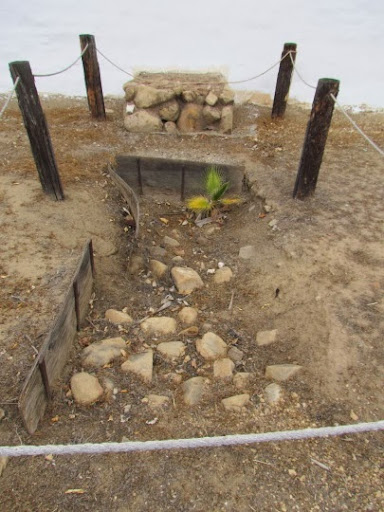
Here is the diagram of the original Presidio overlaid on a map of current Santa Barbara.
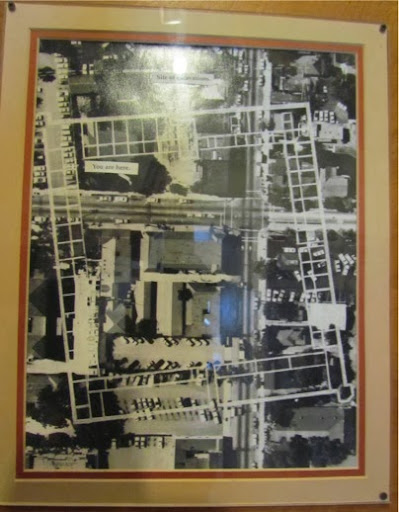
The walls of the new Presidio must meet the building codes of today - to minimize the impact of earthquakes. Here is a new wall - of adobe, of course, but with an inner core of rebar and cement.
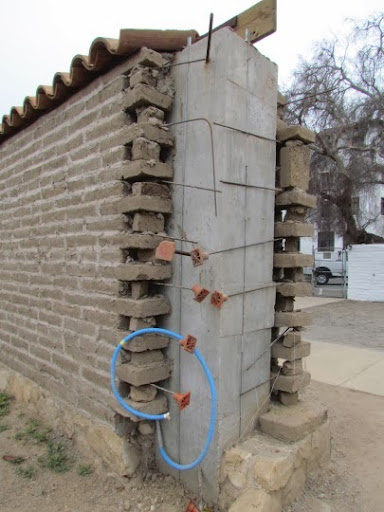
The Presidio needed a consistent water supply so they built an aqueduct.
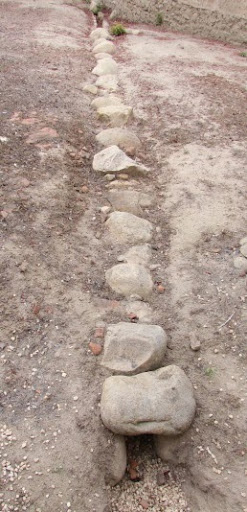
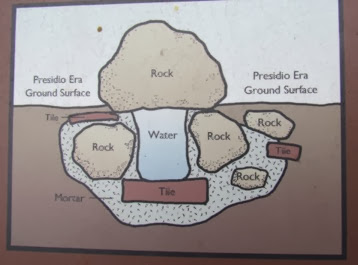
Pretty clever and it has lasted as you can see in the excavated aqueduct above.
On our way back to our car we found this marvelous Post Office build during the 1920’s in Craftsman style. Beautiful metal work.
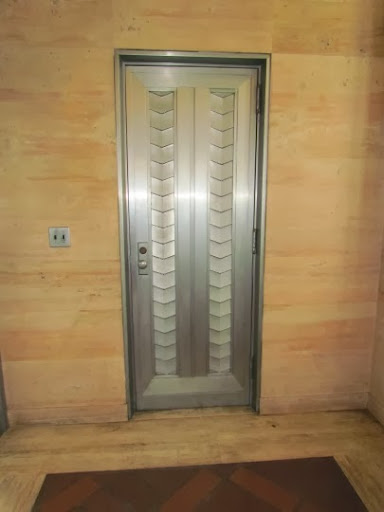
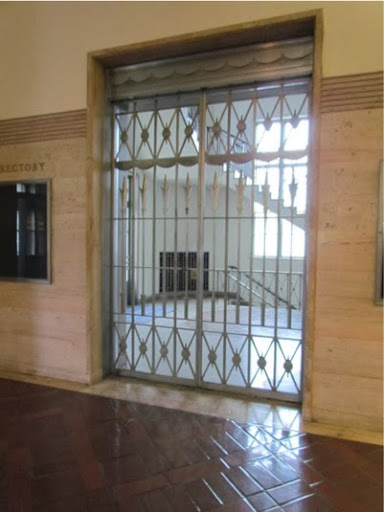
It’s getting late and we’re about looked out. We’ve enjoyed seeing the old Mission which still serves as an active church and part of the community today and the Presidio which the people of Santa Barbara are actively reconstructing.

No comments:
Post a Comment